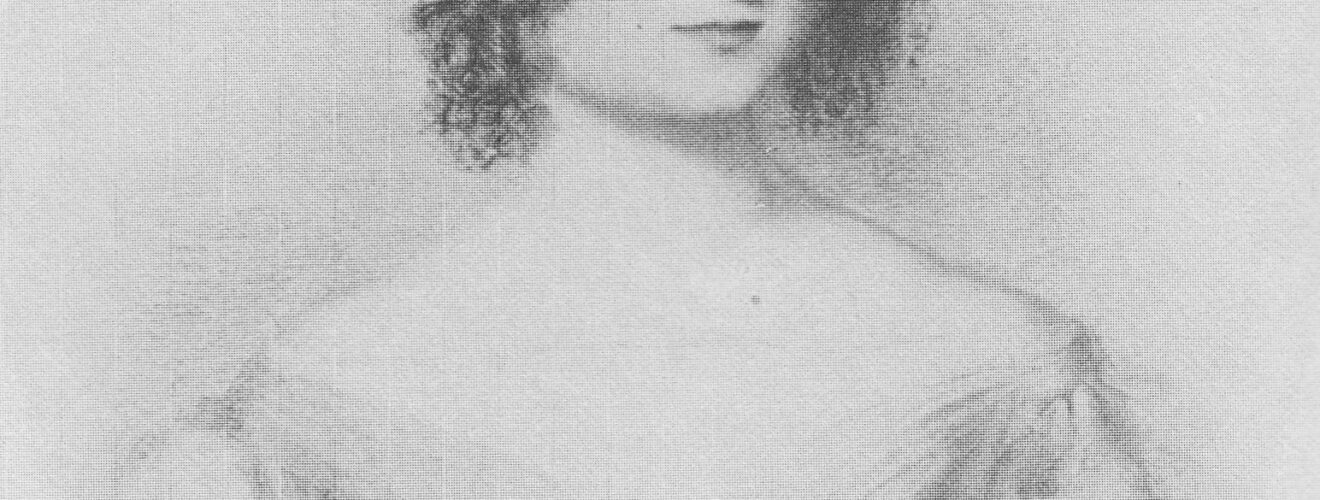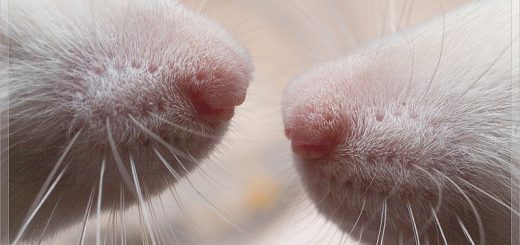Ada Lovelace Day

Baroness Augusta Ada King, Countess of Lovelace, now commonly known as Ada Lovelace, because that’s too much of a mouthful, was the daughter of Lord Byron. Ada was a great mathematician and the catalyst that kick-started the understanding of the potential of Charles Babbage’s analytical engine. She wrote the first ever computer algorithm and, as such, is consider by many to be the world’s first computer programmer. She wrote the first algorithm ever intended to be carried out by a machine.
Now, Ada Lovelace is celebrated every year on the middle Tuesday in October. This year is the 6th time it will be celebrated and it lands on the 14th of October. It is an international celebration of the achievements of women in science, technology, engineering and mathematics (STEM) fields. Events have been organised up and down the country and across the world, as well as online. From events in schools teaching girls robotics to talks at the Royal Institution, there is something for everybody to get involved with or to support. If there’s nothing nearby you can always take part in something online, like Oxford’s Women in Science Wikipedia Edit-a-thon.
The day was funded by Suw Charman-Anderson following two studies by Penelope Lockwood in 2006 which found that women tend to need female role models more than men need male role models. To this end the celebrations focus on the achievements of women working in STEM to increase their visibility and to encourage more women to pursue careers that they may not otherwise have considered. So let’s go back a bit to understand how Ada became a role model for women studying STEM.
Back in 1842, Charles Babbage, a mathematician, gave a lecture at the University of Turin on his plans for his new machine, the Analytical Engine. This was a mechanical device that laid the foundations for modern computers. It was planned to be able to carry out arithmetic calculations and would have included integrated memory and is widely considered to be the first design for a general purpose computer that could be described as Turing complete – a requirement for any machine capable of doing mathematics.
Unfortunately, Babbage never got the opportunity to build the Analytical Engine (funding issues are not a new or modern problem for academics). Yet his lecture in Turin did make an impression on another mathematician, Luigi Menabrea, who attended the lecture and made a set of detailed notes and a sketch, outlining aspects of computer architecture which would later be used by our heroine Lovelace.
The notes were introduced to Lovelace by the physicist and inventor, Charles Wheatstone, whose curiosity about Babbage’s invention compelled him to seek Lovelace to translate the notes from French to English. Lovelace obliged, but she also went beyond a mere translation by throwing herself into the task of describing the first algorithm for the Engine and expanding upon the existing notes extensively.

Portrait of Ada by British painter Margaret Sarah Carpenter (1836) Artmechanic via Wikicommons ( License )
Lovelace’s algorithm was for computing Bernoulli numbers, a sequence of rational numbers used in several areas of mathematics including number theory, analysis and topology. Her algorithm would, theoretically, allow a machine to calculate as many numbers in the sequence as were required – provided that the machine running it had sufficient computing power.
With her algorithm, Lovelace takes her place in history as the first ever computer programmer, in spite of no computers actually being built until a century later, in the 1940s. She also was the first to recognise that the machine need not be restricted to carrying out mathematical calculations, speculating about it’s capacity to run algorithms for producing music or art – something that Babbage had certainly not considered before working with her.
Google honoured Lovelace with a doodle in 2012, on what would have been her 197th birthday. There is also a programming language named after her, as well as the Ada Inititive, a non-profit organisation dedicated to increasing the involvement of women in open source computing projects. So she isn’t exactly without recognition, but people aren’t mentioning her in the same breath as Steve Jobs or Bill Gates, either.
Those running Ada Lovelace Day events hope to improve her fame and that by doing so they will help to inspire young girls and women to consider STEM careers. Although Lovelace is the focus though, it isn’t all about her. There are many more women scientists today and in history who, by all rights, ought to be famous. By talking about them and their achievements we can highlight new role models and help to remove any false beliefs that science somehow isn’t for women.
This year, the Royal Institution in London will be hosting a live “cabaret of science” event celebrating women in STEM. In Brighton the Curiosity Hub will be running free workshops on animation, robotics, and building games and websites. In Edinburgh, at the Royal Observatory, a spoken word theatre event, Lady Scientists Stitch and Bitch will include Ada among other women scientists from history. Sheffield’s ScienceGRRL group are giving a public lecture, aiming to show that “science is for everyone.” Similar events are being held across the UK and internationally.
If there’s nothing happening near you you can still get involved with one of the virtual events. There are Ada posters available to download and print. Adafruit.com will be sharing stories of women who are modern day “Adas” as well as discussing women from history who were influential in science and maths – they plan to get active on twitter with the hashtag #ALD14. Melville House are releasing Ada’s Algorithm, a biography of Lovelace by James Essinger. The wikipedia edit-a-thon is probably the easiest thing to get involved with and has the potential to make a huge impact.
Ada Lovelace became a computer programmer with encouragement from her mother and Lovelace went on to develop the first computer algorithm 100 years before a computer was built that it could be tested on. A little encouragement can clearly go a long way. If we want to see what the next Lovelace can do, or indeed the next Einstein, Darwin or Curie can do, we need to make sure we aren’t discouraging any group from pursuing science. We need to make sure we support those who show an interest and we don’t want to miss out on a genius because they didn’t know they could do science.
Edited by E. Johnston










